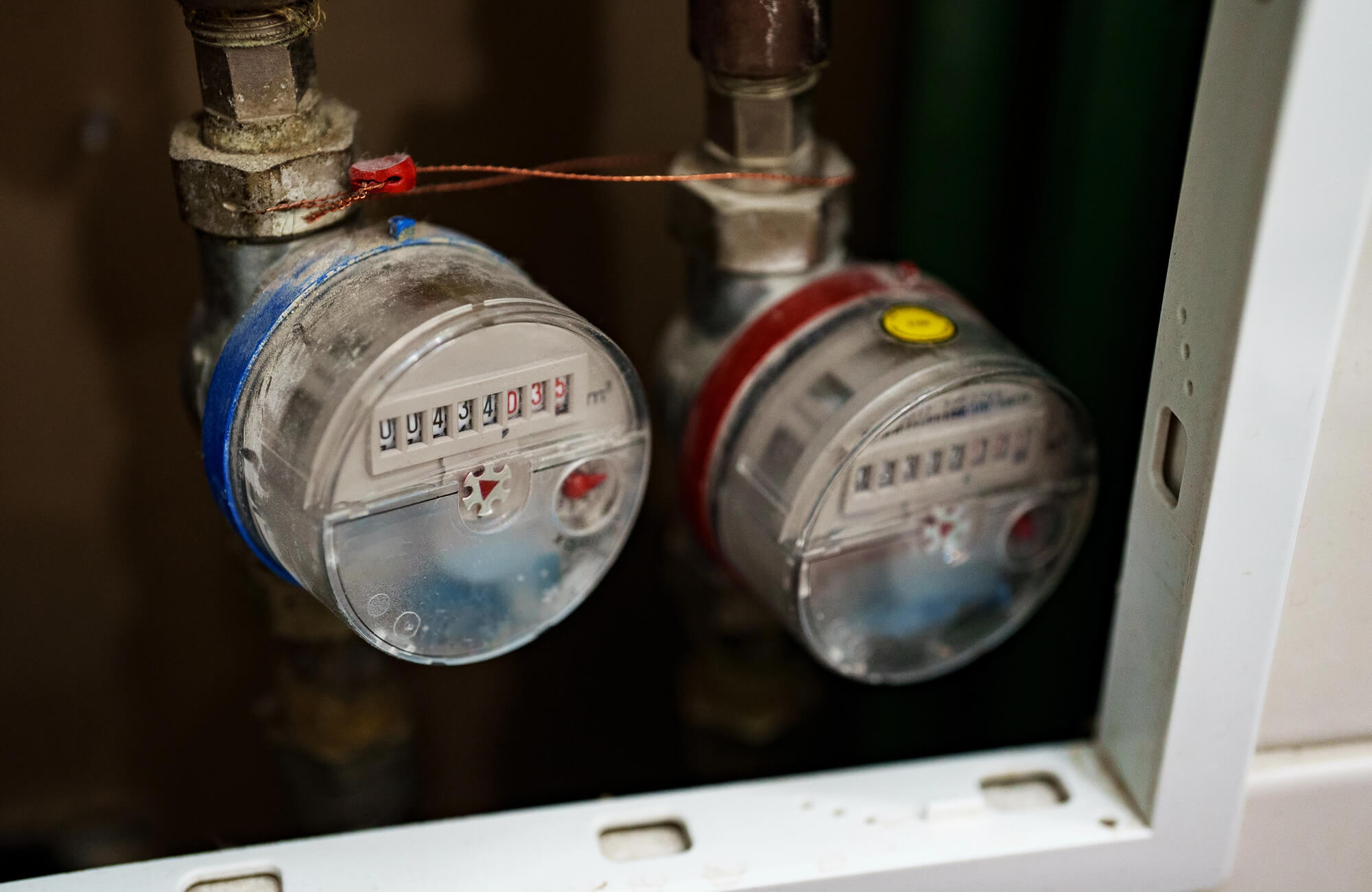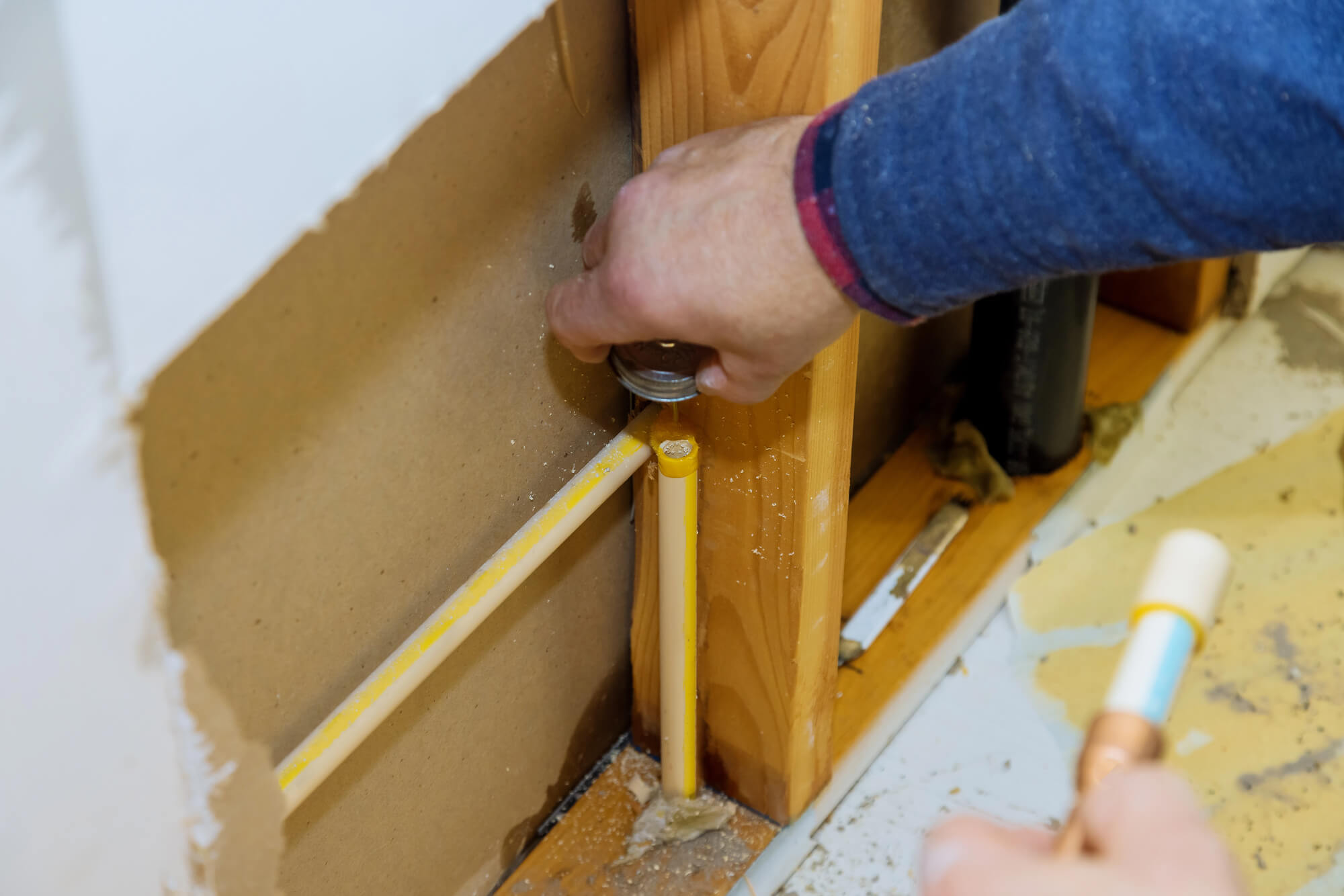If you own a home in San Antonio, chances are it sits on a concrete foundation supported by plumbing pipes running beneath the slab. When those hidden water lines develop cracks, corrosion, or leaks, it creates what’s known as a slab leak. Because these leaks happen under the slab and out of sight, spotting a problem isn’t always simple. Yet ignoring a foundation leak is one of the costliest mistakes a homeowner can make.
A leaking slab can cause much more than a higher water bill. Left untreated, it erodes soil, destabilizes the foundation, weakens plumbing lines, and creates the perfect environment for mold growth. The good news? Today’s advanced slab leak detection technology, such as electronic listening tools, acoustic listening devices, and thermal imaging, makes detecting a slab leak faster and less invasive than ever before.
We’ve worked on this guide to walk you through why early detection matters, the common causes and warning signs, simple checks homeowners can perform, how professionals find leaks, and the repair solutions that keep your home safe.
Why Detecting Slab Leaks Early Matters
Slab leaks are often called the “silent destroyers” of plumbing systems. Unlike a dripping faucet or a visible burst pipe, a slab leak happens out of sight—beneath layers of concrete foundation and soil. By the time water rises to the surface, significant damage may already have occurred.
Structural Risks to the Foundation
When plumbing pipes beneath the slab leak, water seeps into the soil. San Antonio’s clay soils expand when wet and contract when dry, putting uneven pressure on the foundation. This shifting creates cracks in floors, walls, and masonry, and in severe cases, it compromises the home’s stability.
The American Society of Civil Engineers has warned that unchecked water leaks beneath homes contribute to widespread foundation damage nationwide.
Financial Consequences for Homeowners
Detecting a slab leak early can prevent dramatic spikes in your water bill and spare you from major repair expenses later. What starts as a slow drip from copper water lines or hot water lines may eventually require full-scale re-piping or even structural foundation repair.
In some cases, homeowners’ insurance policies may not cover damage caused by long-term leaks or neglect, leaving you fully responsible for the cost.
Health and Safety Concerns
Moisture trapped under or within your slab promotes the growth of mold and fungus, including toxic black mold that can spread into walls, baseboards, and flooring. Not only does this affect indoor air quality, but it also poses serious health risks to your family.
The Role of Technology in Early Detection
Thanks to modern leak detection technology, including electronic listening tools, acoustic listening devices, and other advanced equipment, professional plumbers can now perform precise slab leak evaluations without tearing up your flooring.
Early detection of a slab leak isn’t just about fixing water pipes; it’s about safeguarding your home’s structure, protecting your health, and preserving your property value.
Common Causes of Slab Leaks
Slab foundation leaks rarely happen overnight. They’re usually the result of a slow breakdown in the plumbing system, combined with stress on the concrete slab foundation and surrounding soil.
If you know what to watch for, you’ll know when to request a slab leak evaluation and also learn why preventive home maintenance is crucial.
Pipe Corrosion and Aging Plumbing
Many San Antonio homes were built decades ago with copper water lines running beneath the slab. While copper is durable, it isn’t immune to corrosion. Over time, minerals in the pipes, debris in the water supply, and chemical reactions with surrounding soil gradually eat away at the metal. This weakens the water pipes, especially in hot water lines, making them more likely to crack or develop pinhole leaks.
Soil Shifting and Foundation Movement
The expansive clay soils in South Texas naturally swell when wet and contract during dry spells. This constant movement shifts the plumbing lines buried beneath the concrete foundation, applying pressure that eventually causes pipes to rupture. In some cases, improper installation of plumbing pipes or settling of the foundation makes this problem even worse.
High Water Pressure and Pipe Abrasion
A less obvious but equally damaging cause is high water pressure. When water flows too forcefully through the plumbing system, it stresses joints and connections. Over time, pipes may rub against rocks or even the underside of the slab itself, creating abrasion points that lead to leaks.
Poor Plumbing Installation and Clogs
Improperly installed plumbing lines or recurring clogs can also contribute to slab leaks. Inadequate bedding material around water lines, sharp bends in plumbing pipes, or shortcuts taken during construction put stress on the system from the start. These weak points eventually give way, especially under the weight of shifting soil.
Early Warning Signs of a Slab Leak
While professional plumbers use advanced leak detection technology such as electronic listening tools and acoustic listening devices, there are several red flags homeowners themselves can spot before calling in the experts. Ignoring these symptoms can lead to extensive water damage, foundation cracks, and even toxic black mold.
- Unexplained Increases in Water Bills: If your water bill suddenly spikes without a change in household usage, a slab leak may be the culprit. Even small cracks in water pipes can waste hundreds of gallons each month.
- Low Water Pressure: A leaking slab often results in low water pressure throughout the home. If sinks, showers, and appliances all show weaker flow, water may be escaping from hidden plumbing lines under the slab.
- Moisture on Floors or Damp Spots: Persistent moisture seeping up through flooring, warped wood, damp carpet, or unexpected hot spots are signs of leaking hot water lines. This kind of damage often spreads to baseboards and drywall if left unchecked.
- Cracks in the Foundation or Flooring: While not every crack is caused by a foundation leak, new or widening cracks in tile, concrete, or the slab itself should raise concerns. Combined with other symptoms, they may signal that soil beneath the foundation is being eroded by leaking plumbing pipes.
- Mold Growth and Musty Odors: The presence of mold and fungus, especially along baseboards or in areas that seem constantly damp, suggests hidden moisture from a slab leak. Toxic black mold can form quickly, creating serious health hazards.
- Sounds of Running Water: If you hear water running when every faucet and appliance is turned off, that’s a classic sign of a hidden slab leak. Professional plumbers can use acoustic listening devices to confirm whether water is escaping beneath the slab.
- Yard or Soil Changes: Outside the home, look for patches of unusually green grass, soggy soil, or unexplained puddles near the foundation. These are all signs that leaking water pipes are saturating the ground.
Early action at this stage can prevent a minor leak from turning into a full-scale foundation repair or costly plumbing emergency.
When to Call a Professional and How Above All Foundation Repair Can Help
Even the most observant homeowner can only go so far in detecting a slab leak. Once you’ve spotted signs like rising water bills, low water pressure, unexplained moisture, or cracks in your concrete foundation, it’s time to call in the experts.
Professional concrete slab repair contractors or plumbers use specialized slab leak detection technology, from fiber optic cameras to hydrostatic pressure testing, to locate leaks with pinpoint accuracy.
At this stage, it’s critical to work with a team that understands both plumbing systems and foundation repair. That’s where Above All Foundation Repair comes in.
Based in San Antonio, they specialize in diagnosing, evaluating, and repairing foundation leaks and slab leaks that threaten your home’s stability and value.
Why Professional Help Matters
- Accuracy: DIY checks can confirm suspicions, but only licensed specialists can provide a complete slab leak evaluation.
- Prevention of Further Damage: Professional repairs prevent small leaks from escalating into full foundation damage or costly plumbing overhauls.
- Access to Advanced Technology: AAFR’s team uses industry-leading tools for slab leak detection, ensuring the right repair option is chosen the first time.
- Tailored Solutions: From spot repair and epoxy pipe lining to full re-piping or tunneling, AAFR provides solutions customized to your home’s needs.
Services Above All Foundation Repair Provides
- Detection and Slab Leak Repair: Using electronic leak detection and precision methods to fix leaking slabs with minimal disruption.
- Underground Tunneling: A less invasive repair technique that avoids breaking floors, speeds up the repair process, and provides durable results.
- Foundation Repair: Addressing cracks, soil shifting, and foundation damage caused by prolonged leaks or soil movement. This can include repair methods like mudjacking or slabjacking, push piers, or concrete piers.
- Moisture Control: Preventing mold growth and soil instability with long-term solutions tailored for San Antonio’s clay-heavy expansive soils.
By partnering with AAFR, homeowners can rest assured that both their plumbing system and their foundation are protected with expert care and long-lasting repair strategies.
Detecting Slab Leaks Protects Your Home
A slab leak may start as a silent drip beneath your concrete foundation, but if ignored, it quickly escalates into water damage, foundation cracks, and even toxic mold growth. The good news is that today’s advanced slab leak detection tools make detecting of a slab leak earlier and more accurately than ever before.
And when it comes time for a full slab leak evaluation, San Antonio homeowners can trust Above All Foundation Repair to provide expert service, advanced technology, and repair solutions ranging from epoxy pipe coating to underground tunneling.
Don’t wait until a hidden foundation leak becomes a costly emergency. Protect your home, your health, and your property value with early detection and professional care.
Contact Above All Foundation Repair today to schedule your slab and plumbing inspection and keep your foundation safe for years to come.



